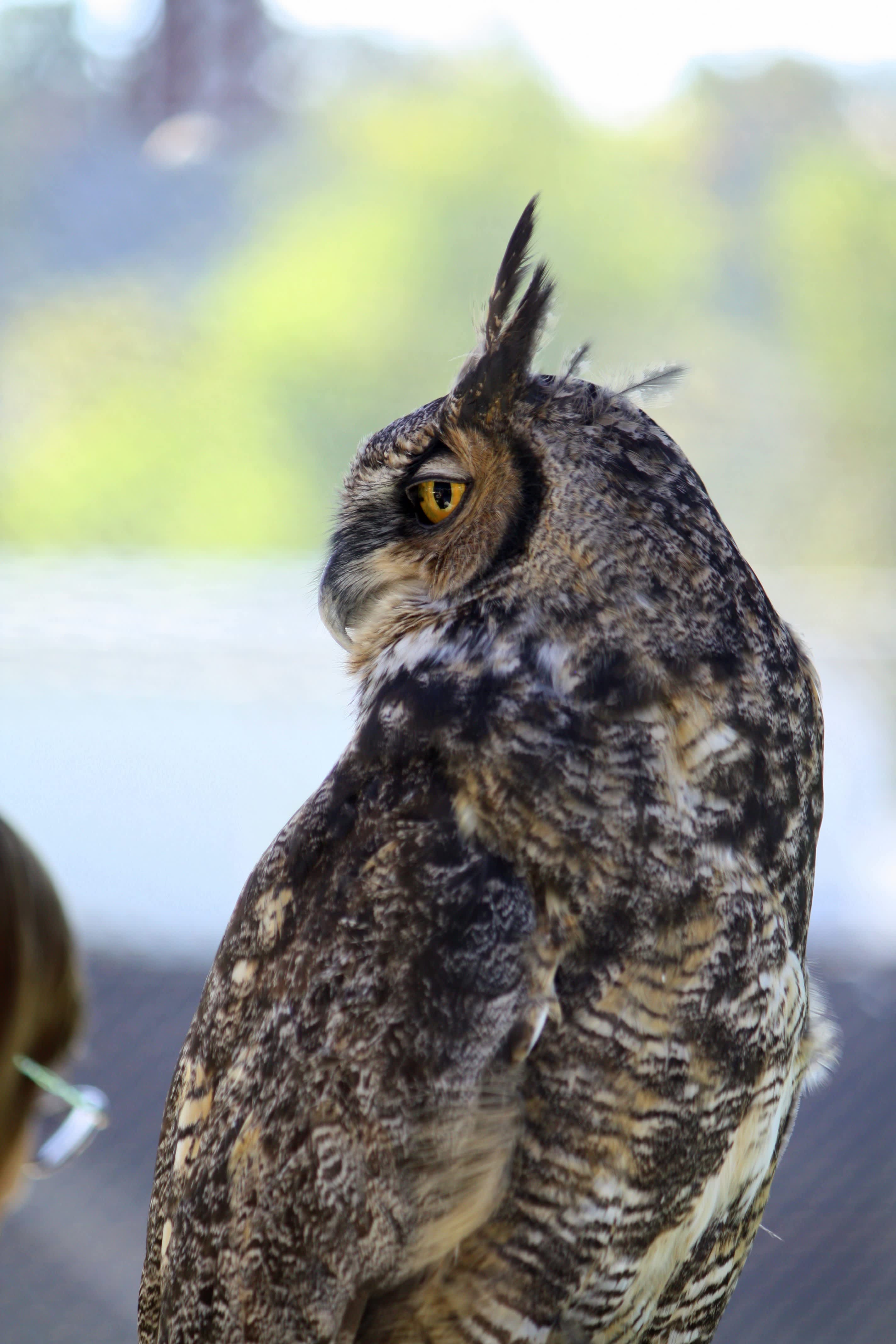Why Don’t Owls Get Whiplash? Scientists Have Found the Answer
OutdoorHub Reporters 02.22.13

After much research, scientists at John Hopkins University have determined how owls are able to rotate their heads up to 270 degrees without damaging their blood vessels.
Humans get whiplash from rapid, twisting head movements because that damages the arteries supplying blood to the brain. Researchers have discovered four special adaptations that keep owls from having a stroke every time they turn to watch potential prey.
Arterial Reservoirs
The scientists discovered that blood vessels at the base of owl’s heads get larger and fill with blood as the head turns. These arteries are pooling blood to minimize any interruptions in blood flow to the owl’s brain and eyes. Human arteries, in comparison, remain small and do not increase in size as they branch out.
Larger Holes in Vertebrae
The holes in an owl’s vertebrae are ten times the size of the arteries which run through them. The larger holes create cushioning air pockets which allows for more flexibility and movement of the arteries, which prevents them from being damaged. This differs from human’s vertebral holes, which hug the arteries snugly.
Higher Artery Entrance
Owl’s vertebral arteries were also found to enter the vertebrae higher up than in most birds, entering the 12th vertebrae instead of the 14th. This gives the arteries more room and slack , which allows for greater movement.
Carotid and Vertebral Artery Connections
The vertebral and carotid arteries in owls contain small connections that allow them to share blood between each other. This allows blood to be exchanged in the event that one or the other is blocked, ensuring continuous blood flow to the owl’s brain. There are only rare examples of this found in human anatomy.
According to the scientists, these four adaptations are what allow owls to turn their heads in such an extreme fashion without any adverse effects.
The team from John Hopkins had their findings acknowledged in the journal Science February 1st as the winners of the National Science Foundation’s 2012 International Science & Engineering Visualization Challenge.

